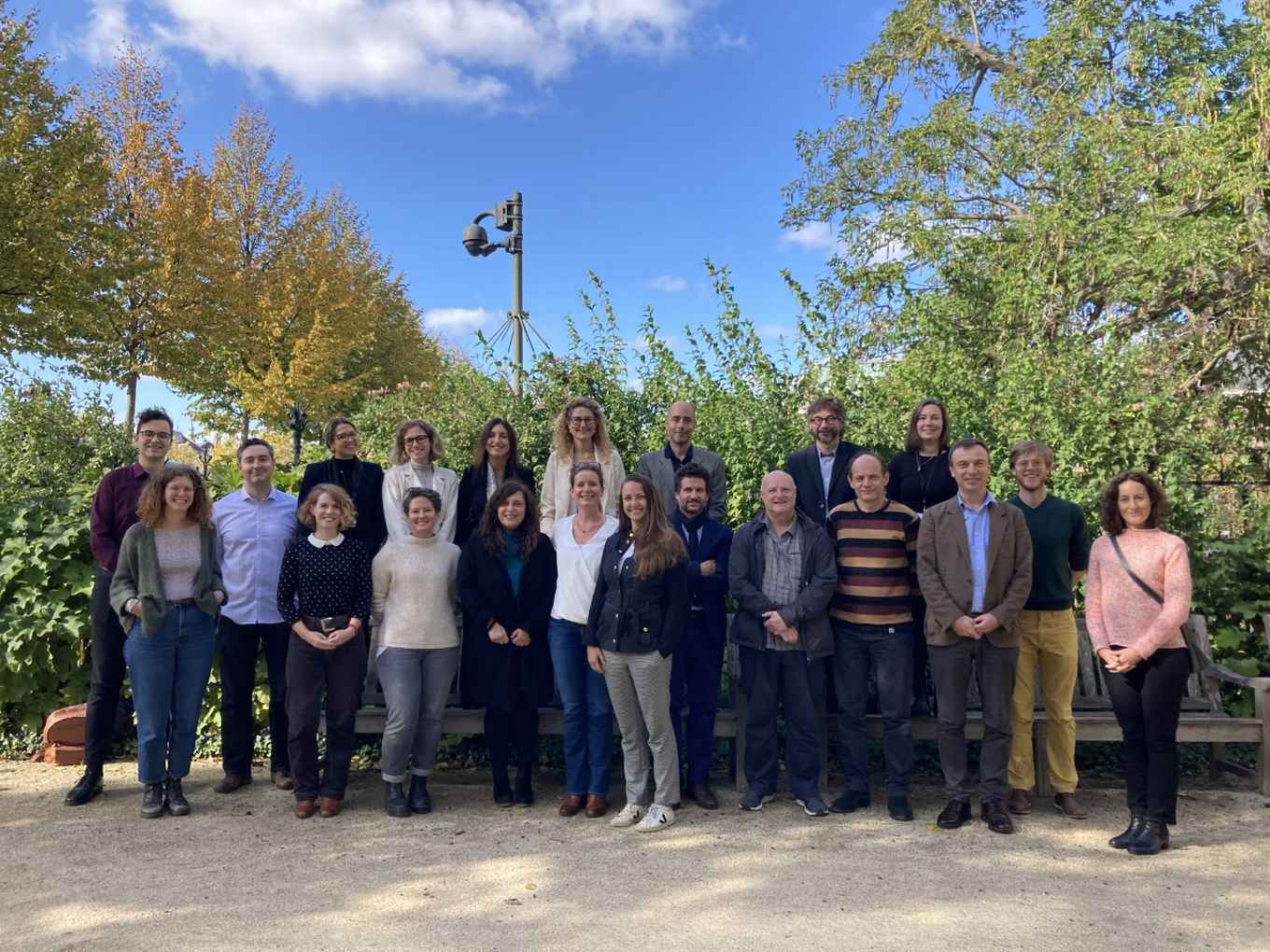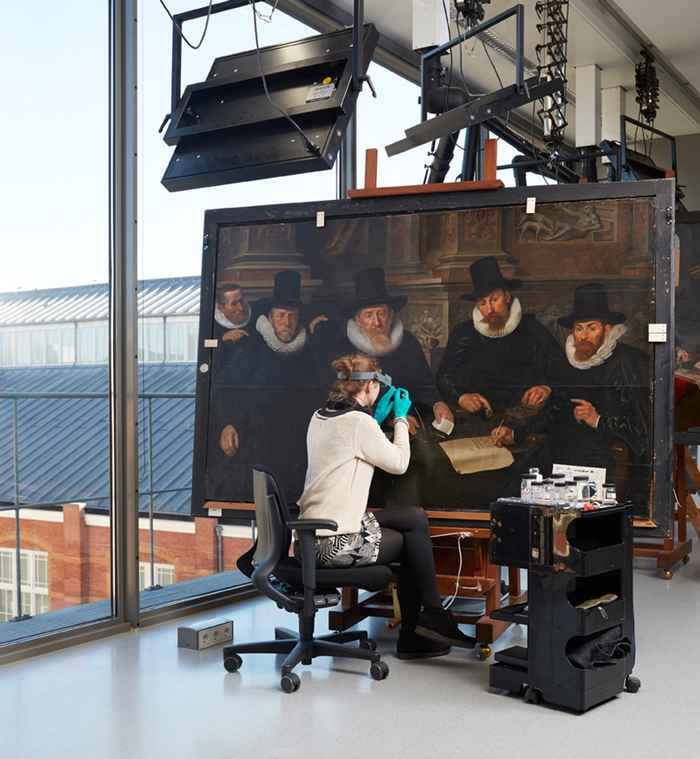GoGreen: Developing sustainable strategies for conservation of cultural heritage
Consortium meets in Amsterdam to kick-off four-year European project
6 October 2022

Heritage conservation preserves the tangible remains of society, but often relies on toxic, unsustainable chemicals and materials. It also requires the energy-consuming air conditioning of collections. On the initiative of Prof. Katrien Keune, head of Science at the Rijksmuseum and Professor at the University of Amsterdam’s Van ‘t Hoff Institute for Molecular Sciences, a consortium was formed to bring the conservation practice into the era of the sustainability and embrace the principles of the European Green Deal.

According to Keune, one of the goals of the GoGreen project is to develop methods that allow more flexible environmental control in collections, which will enable the improvement of energy efficiency. Another important issue, she adds, is the development of sustainable nature-inspired, bio-based and historical conservation treatment-inspired methods for remedial conservation. “We will for instance be looking for innovative cleaning solutions that employ green solvents and bio-inspired reagents. Another focus is on stabilization methods for metal and glass that employ innovative techniques like biopassivation to stabilize metal surfaces, and nanomaterials that mimic the growth of silica to stabilize glass.”
Ensure future impact
GoGreen was awarded 3.72 million euros from the European Union’s Horizon programme. It is also funded by the United Kingdom and Switzerland, bringing the total budget to 4.90 million euros. Keune underpins that GoGreen is more than just a research project. “The participants in the consortium span all relevant and necessary stakeholders to ensure future impact. We will benchmark the developed methods in collaboration with expert practitioners and museums. We also will work on a decision model for integrating green thinking in complex conservation decision making. Furthermore, GoGreen involves the development of educational modules and courses for the training of professionals, and we hope to launch a digital web-app that will aid conservators in the design of green preventive and remedial conservation treatments.”
GoGreen participants
- The Netherlands:
University of Amsterdam (coordinator)
Rijksmuseum - Italy:
University of Bologna
Italian Institute of Technology
SAATI - France:
CNRS
Soleil synchrotron
ENS Paris-Saclay
Université Paris 1 - Panthéon-Sorbonne - United Kingdom:
The Courtauld Institute Of Art
English Heritage - Switzerland:
Haute École spécialisée de Suisse occidentale (HES-SO) - Norway:
Norwegian Institute for Cultural Heritage Research (NIKU) - United States:
Foundation For Advancement in Conservation - FAIC